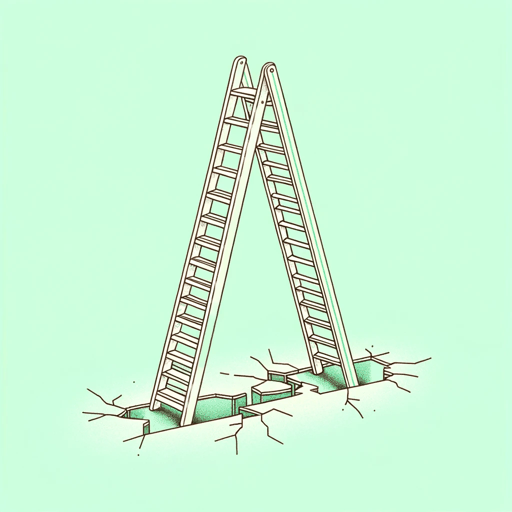43 pages • 1 hour read
Keith PayneThe Broken Ladder: How Inequality Affects the Way We Think, Live, and Die
Nonfiction | Book | Adult | Published in 2017A modern alternative to SparkNotes and CliffsNotes, SuperSummary offers high-quality Study Guides with detailed chapter summaries and analysis of major themes, characters, and more.
Index of Terms
Poverty Line
The poverty line refers to the minimum income deemed necessary for a person or household to live on. Because the poverty line is largely determined by the cost of living, it is set on a national basis, but the United Nations has also set an international poverty line at $1.90 per day.
The poverty line has its root in the Orshansky index, which was developed by Mollie Orshansky, a researcher for the US Social Security Administration in the 1960s. Orshansky defined the index as the income needed to feed one’s family and cover basic expenses, and set it at three times the second-least expensive meal plan that would adequately feed an average family. Orshansky only intended the index to be used by other researchers, but when the Johnson administration declared its war on poverty, it used a version of the Orshansky index to determine who was eligible for government benefits. However, this more stringent poverty line was set at three times the cheapest possible way to feed a family.
The poverty line is important because it captures the relative nature of poverty and how the concept of poverty has shifted over time. While the formula has been adjusted for inflation, it has not been adjusted for changes in common expenses.

